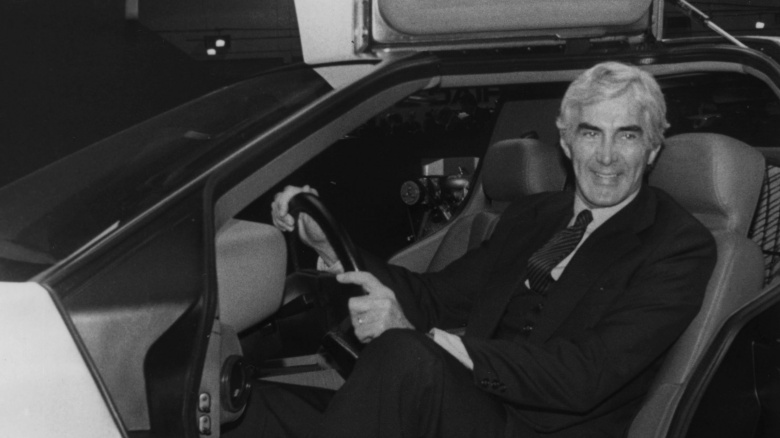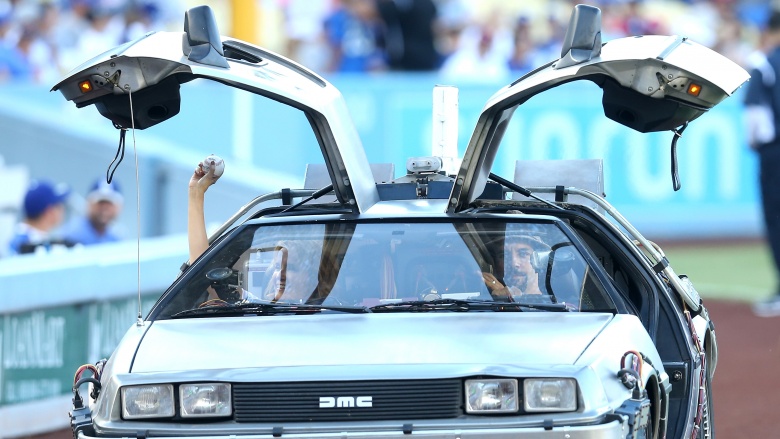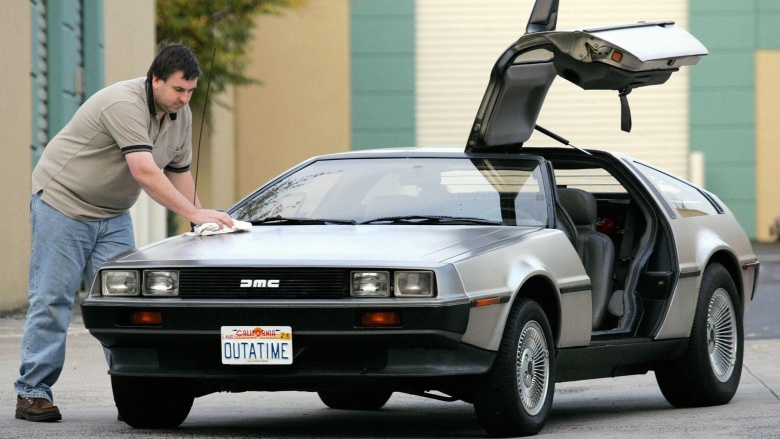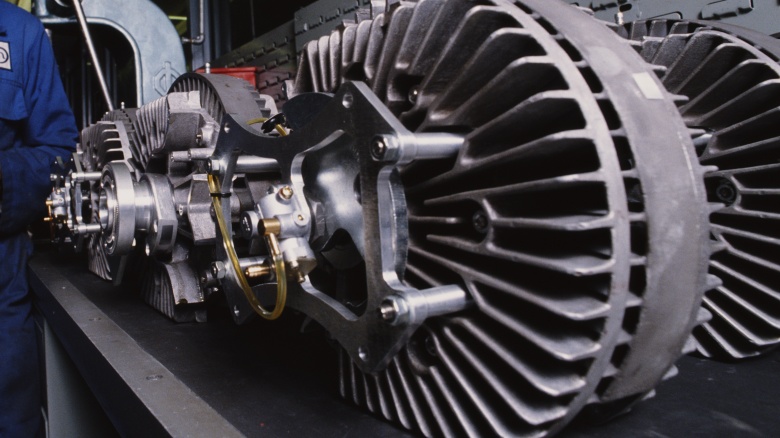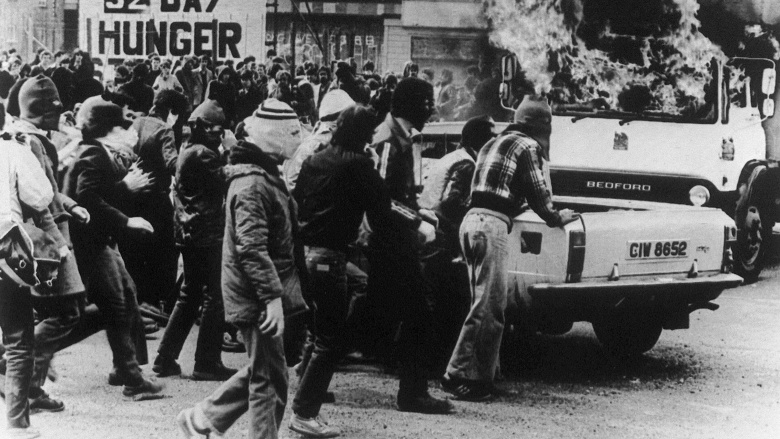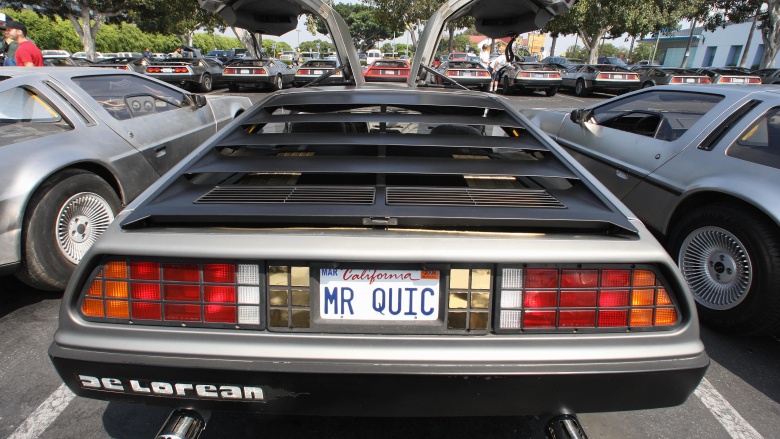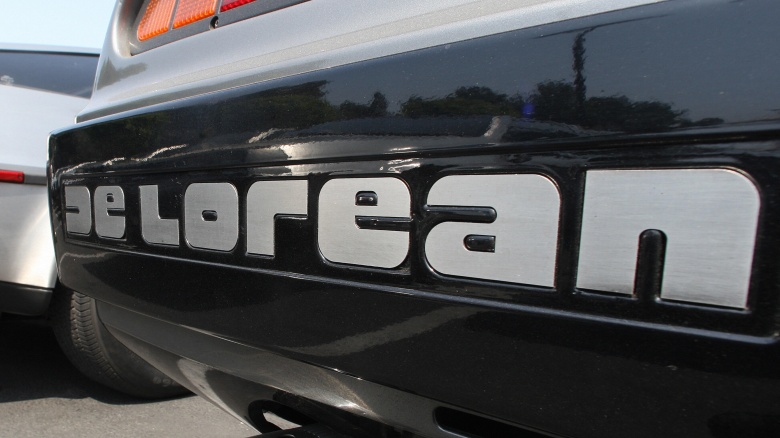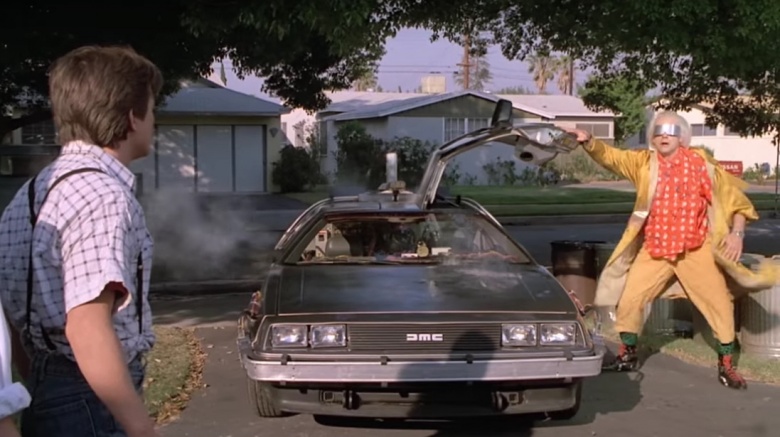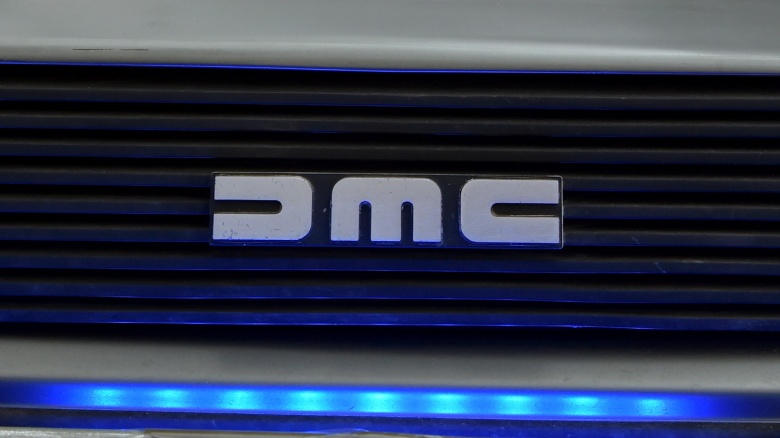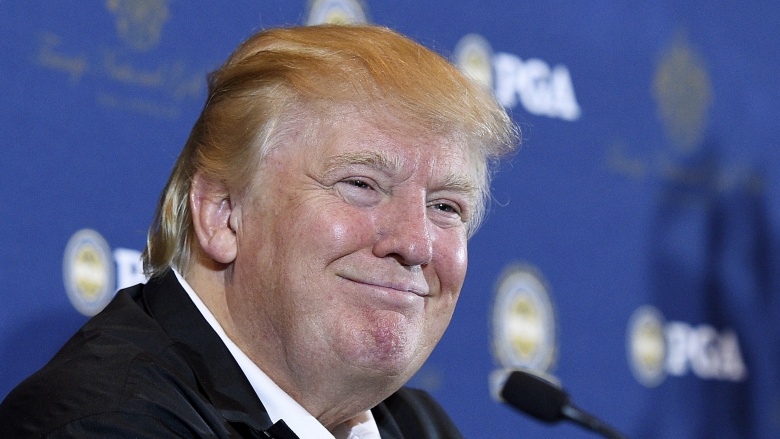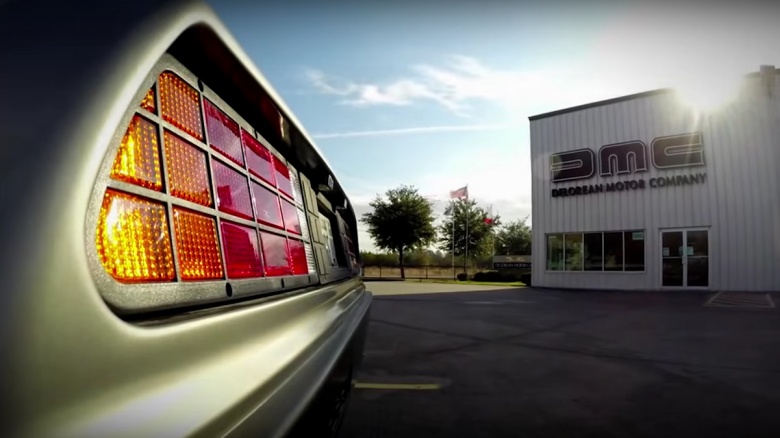The True Story Behind The DeLorean
The DeLorean was meant to be the quintessential sports car of the 1980s, with futuristic styling and radical design features. It's best remembered now as a cinematic icon with a cult following, but that wasn't always the case. With news circulating that the car is making a comeback, it's time to learn the true story behind the infamous DeLorean.
In the beginning
John DeLorean was a rising star in General Motors in the early '70s, but became disillusioned with the direction the company was taking with car design and so he left in 1973 to form his own company. He believed that "a car should make people's eyes light up when they step into the showroom", and so in 1975 he founded the DeLorean Motor Company. In 1976, with the help of former Pontiac engineer William T. Collins, the DeLorean Motor Company produced the first prototype of what would later become the DeLorean DMC-12. John DeLorean was determined that his new car would catch the eye, and so he selected the famous Italian car designer Giorgetto Giugiaro and Ital Design to complete the exterior design of the DMC-12, later simply called the DeLorean.
Design features
The DeLorean stands out from the crowd for a number of reasons. In order to "make people's eyes light up," the DeLorean is constructed of totally spaceship-esque stainless steel panels: but instead of the usual steel frame, the panels are attached to a structural fiberglass "underbody" that is attached to the chassis. And as if that wasn't enough, the DeLorean also features gull-wing doors that hinge at the roof, because every spaceship needs wings. There is a common misconception that this makes it hard to exit the car when parked close to another vehicle, but this is false: remarkably the DeLorean only needs 11 inches of clearance to allow its doors to open.
The design evolves
Early design proposals had the "underbody" made from urethane foam and fiberglass to be combined in a process called Elastic Reservoir Molding. For some reason, DeLorean bought the rights to this process before it had been proven—not a good sign for the future. In the end it didn't work, so it was scrapped and fiberglass was used in its place. That the DeLorean can be described as "not totally terrible" is down to the decision in 1978 to hire Lotus, the legendary British sports car manufacturer, to review the early designs. As a result, before the car went on sale in 1981, it had undergone many design changes, including the larger rear tires, and a number of Lotus innovations that overcame early design issues. A major change was made to the design of the chassis when Lotus realized the original structure would fare poorly in crash tests. Computer modelling undertaken by Grumman predicted that, without significant changes, a crash as slow as 26 miles per hour would result in the rear-mounted engine and transmission crushing the driver and passenger. That's heavy.
The engines
Early plans for the DeLorean considered the use of a Wankel rotary engine that used a rotating triangular element (working a bit like a water pump) in place of the more common reciprocating piston design (kind of like a syringe) that would eventually be used. In defiance of all sanity, the first prototype DeLorean was fitted with a four cylinder Citroen engine—definitely nothing "spaceship" about that. Fortunately, like the Wankel, it was also dropped and replaced in the second prototype with a definitely more appropriate 2.7 liter Renault V6 that was built in collaboration by Peugeot, Renault, and Volvo. Production cars were eventually sold with a slightly larger 2.85 liter version.
Financing and factories
The legend of the DeLorean was already growing long before the car hit the dealerships, because John DeLorean managed to secure some initial financing from Hollywood celebrities Johnny Carson, Sammy Davis Jr., and Roy Clark. DeLorean also sought funding from governments by offering to set up manufacturing facilities in regions with high unemployment, with early contenders including the Republic of Ireland and Puerto Rico. DeLorean was on the verge of signing a deal with Puerto Rico, but a last minute offer of over $100 million from Northern Ireland clinched it. Funding was provided with the hope that decreasing unemployment would help to reduce some of the sectarian violence then plaguing the region. The factory was built in the Belfast suburb of Dunmurray and completed in 1980, eventually creating 2,500 jobs for the local community.
Production and public reception
Cars started rolling off the production line in January 1981, and despite some early quality control issues, they began selling in the US soon after. The DeLorean was originally intended to sell for $12,000 with a 12 month/12,000 mile warranty, but due to issues with exchange rates and inflation, the price tag had grown to $25,000 by the time the car hit the showrooms. The engine, originally planned to put out a respectable 200 horsepower, struggled to reach 140 horsepower after catalytic converters were fitted to satisfy US emissions regulations. And handling was something of a disappointment despite the best efforts of the Lotus engineers. All this added up to something of a let down for the public, and sales never really took off.
Bad timing, bad press, and bankruptcy
Despite manufacturing over 9,000 vehicles between January 1981 and December 1982, the DeLorean Motor Company never hit production targets—and even if they had, they would've struggled to sell them. The car was released during a major recession in the USA, and you know what they say: when the going gets tough, the tough don't buy shiny spaceship cars. Making matters worse for the company, John DeLorean was arrested in October 1982 on drug trafficking charges. Despite the charges' eventual dismissal, the bad press the arrest created did nothing to help a company that was struggling to break even. The DeLorean Motor Company filed for bankruptcy in 1982 and remaining unsold cars and parts inventory were sold off.
Emergence as a pop culture icon
Just when it seemed it would fade into memory, the DeLorean DMC-12 exploded back into the hearts of the public when it featured in the Back To The Future franchise, which saw it converted into a time machine. If the movies had come out in 1981, or if the DeLorean Motor Company had managed to survive until 1985, then history might very well have been different. All of a sudden the DeLorean was the dream car of every child (and man-child) in the western world. Six cars were built for the movies, as well as a full size fiberglass replica for the flying scenes. Only three are thought to survive today.
The DeLorean Motor Company comes back from the dead
In 1995, British entrepreneur Stephen Wynne started a new venture using the name DeLorean Motor Company. Not long after, he bought up the remaining parts inventory and acquired the DMC logo. Since 2008, the new DeLorean Motor Company, now based in Houston, Texas, has been assembling "new" DeLoreans from a mixture of old unused components made by the original factory, some reproduction parts, and some modern improvements like GPS thrown in (but unfortunately no flux capacitor). They are producing these cars on a made to order basis, and despite having no affiliation to the original company, it's been offering support and components to owners of original DeLoreans. Things haven't gone off without a hitch though, since John DeLorean's widow later sued the new company for theft of the name and trademark. But in 2015, the company settled with the widow and in return received the rights to use both name and trademark going forward.
The not so happily ever after
John DeLorean died in 2005 after suffering a stroke. The legal battles connected with the original DeLorean Motor Company bankruptcy dogged him well into the 1990: he declared bankruptcy in 1999 and was forced to sell his 434 acre estate in March 2000. It was bought by Donald Trump...who turned it into a golf course.
Back to the future?
In 2015, the US government did DMC a solid and passed the Low Volume Motor Vehicle Manufacturers Act that allows small companies to manufacture and sell small numbers of cars without the regulatory burden applied to mass manufacturers. In response to this new legislation, the new DeLorean Motor Company announced that it hopes to begin the production of 300 all new DMC-12s in 2017 that will closely resemble the original DeLorean of 1981, but with improved wheels, brakes, shocks, and a modern engine producing double the horsepower of the original. That all might go some way to make the new DeLorean into the car the old one should have been.

